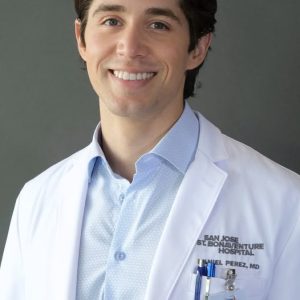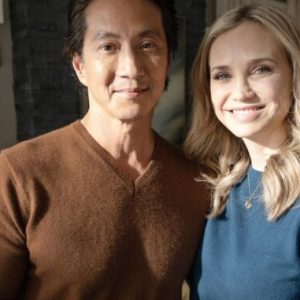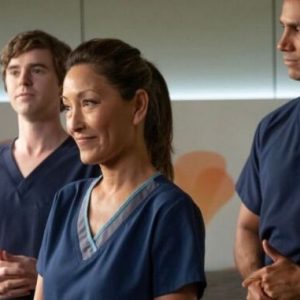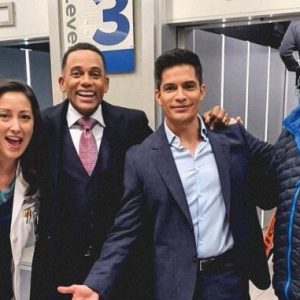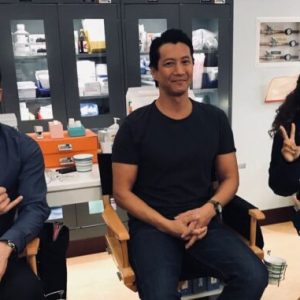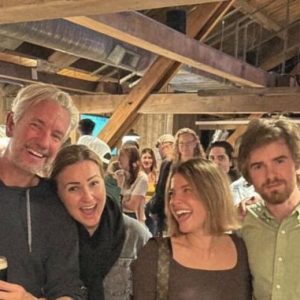The Good Doctor isn’t just another entry in the crowded field of medical dramas. It’s a lens into what it means to be human—flawed, brilliant, afraid, and brave. At its center is Dr. Shaun Murphy, portrayed with delicate nuance by Freddie Highmore. Shaun is a young surgeon with autism and savant syndrome, navigating the fast-paced, emotionally charged world of medicine. But the show’s power doesn’t lie in his medical genius—it lies in his emotional authenticity. It lies in the way he makes us feel.
From the pilot, viewers are placed inside Shaun’s mind—his fears, his thought processes, his memories. We’re not just watching from the outside; we’re invited into his interior world. That moment when young Shaun loses his brother and clutches a dead rabbit, unable to express his grief in conventional ways, lingers in the hearts of those who watched it. It’s a defining tone-setter: this show will not talk about Shaun—it will talk with him.
And that conversation has continued for seasons. As Shaun encounters patients, mentors, colleagues, and love, he challenges stereotypes at every turn. He doesn’t fit the “charming genius” mold without flaws, nor is he reduced to his diagnosis. Instead, The Good Doctor carefully crafts a portrait of a whole person—complicated, emotional, learning, hurting, healing. His discomfort in social settings, his directness, and his emotional breakdowns are never shown for pity or comic relief. They are shown for truth.
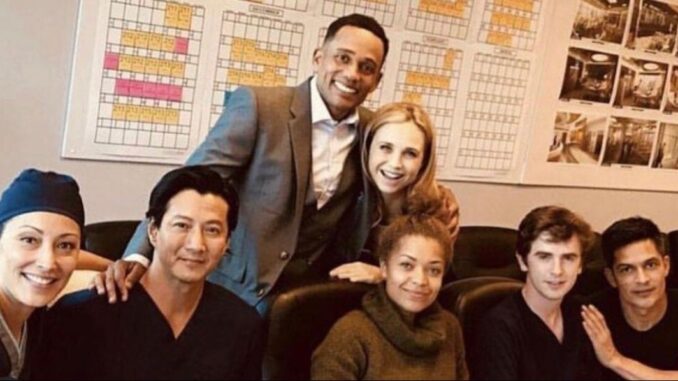
What makes Shaun’s journey so moving is the vulnerability he allows us to witness. When he panics because a surgery didn’t go as planned, or when he stammers through telling Lea how he feels, we’re reminded of our own insecurities. When he celebrates a successful procedure or finds a way to connect with a patient, we feel that joy more intensely because we know how hard-won it is.
One of the most poignant moments of the series is when Shaun questions whether he can be a good partner, a good friend, or even a good doctor—not because of his skills, but because of how others perceive him. In those quiet, aching scenes, the show peels back the layers of society’s assumptions about neurodiversity. It asks us: Do we judge too quickly? Do we dismiss people who don’t express themselves in ways we’re used to? Do we listen enough?
Shaun’s journey with love—especially his relationship with Lea—has been another emotional anchor for the series. It’s tender, awkward, frustrating, and beautiful. Their dynamic doesn’t shy away from real issues: how communication, boundaries, and emotional labor all look different in a relationship that includes someone with autism. The show doesn’t sanitize their problems—it confronts them, and in doing so, teaches viewers about compassion and patience.
Importantly, The Good Doctor doesn’t present Shaun as a solo hero. The people around him—Dr. Glassman, Claire, Park, Lim, Morgan—are all part of his growth. Sometimes they support him. Sometimes they misunderstand him. But they evolve too. Watching others learn how to communicate better, how to step outside their own biases, is just as meaningful. It’s a reminder that empathy isn’t passive—it’s active, uncomfortable, and necessary.

Representation matters. For years, people with autism were either absent from mainstream TV or shown as exaggerated caricatures. The Good Doctor takes a different path. It insists that Shaun’s story is worth telling not despite his autism, but with it. It gives him dimension. It gives him a voice. And in doing so, it encourages audiences to reflect on how they see and interact with neurodiverse individuals in real life.
But the brilliance of the show isn’t just in its message—it’s in its execution. The writing strikes a delicate balance between emotional storytelling and medical realism. The cinematography often gives us glimpses into Shaun’s thought process through clever visualizations, making the audience part of his diagnosis process. And Freddie Highmore’s performance is a masterclass in restraint and depth, conveying internal battles with a glance or a slight change in tone.
